Our Services
01
Irrigation Installation Services In Sedona, Village of Oak Creek, & the Verde Valley, AZ
We can bring your system up to code with backflow prevention devices and replace old homeowner installed control valves with new heavier duty control valves. We install long lasting maintenance-free emitters that work well over 10 years with the hard water in the Sedona, Village of Oak Creek, & the Verde Valley, AZ region.
02
Irrigation Repair Services In Sedona, Village of Oak Creek, & the Verde Valley, AZ
High water bills? Most people don't want to use excessive amounts of water in Arizona. Sometimes the water bill seems high. Usually this is due to leaks, high-output emitters and ignorant water times set on the timer.
03
Irrigation Mapping Services In Sedona, Village of Oak Creek, & the Verde Valley, AZ
Do you have a confusing old irrigation system that you need help understanding. With an irrigation audit, we can go in an assess the situation and map out the lines, adjust the timer and make any repairs.
Frequently Asked Questions
How often should I water with my drip irrigation system in the Southwest desert climate?
Never water every day unless you are planting new, high-water-use plants in summer.
Consider your soil composition when irrigating in Sedona or the Verde Valley. Sedona soil is silty loam with good drainage and medium water-holding capacity. Most of the Verde Valley is primarily rocky, caliche clay with poor drainage and higher water-holding capacity.
Mature shrubs should only be watered a few times per week in summer, but for longer durations, and trees even less frequently but for extended periods.
Gardens and lawns can require more water, depending on soil and water budget.
Is there such a thing as too much water for plants in the desert?
When you see yellowing and whitish leaves where they should be green, it is a sign of over watering. New transplants can be exception. Plants rely on something called a cation exchange that takes place when water in the soil starts to dry out. As air moves into the soil, nutrients are electrically conducted in the humidity of air and water. Too much water and plants will not be able to eat.




